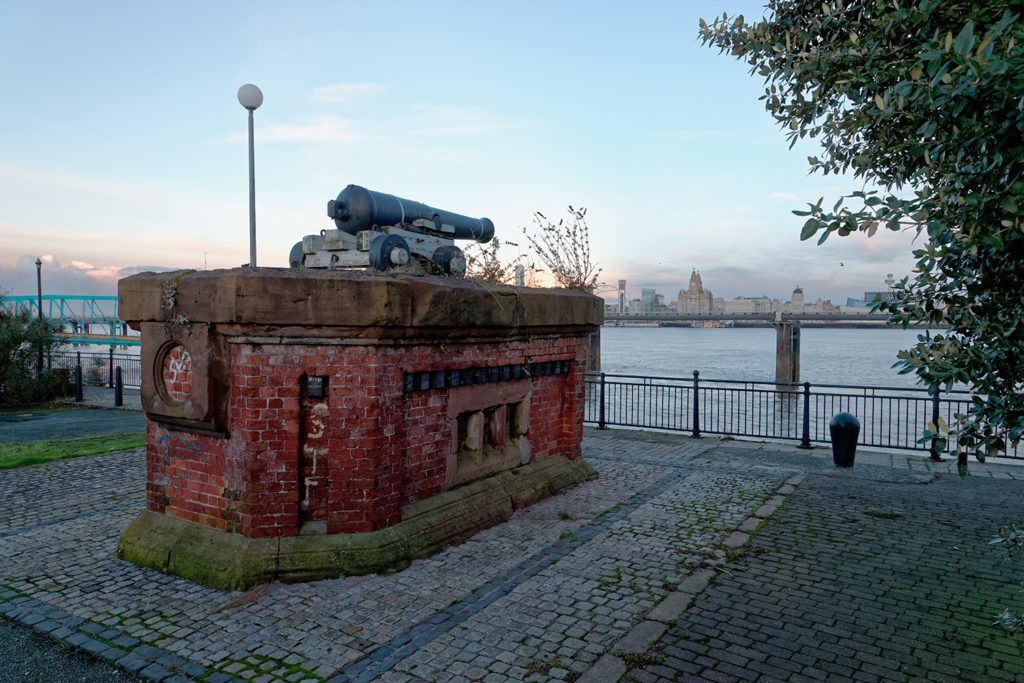Before the invention of radio and satellites, accurate timekeeping on steam and sailing ships was a challenge, but essential for marine navigation. Ship navigators therefore used highly accurate timepieces called marine chronometers, but these needed checking before leaving port.
The task of maintaining a reference time signal fell to observatories such as those at Greenwich in London, on Calton Hill in Edinburgh and at the Port of Liverpool. This was done through the use of highly sophisticated clocks – too large and expensive for ship use – and astronomical observations. Calibrating ship’s chronometers was also part of the service.
For a more direct check, many observatories used time balls throughout much of the 19th century, consisting of a wooden or metal sphere mounted on a frame and dropped at a given time, typically 1pm. This would be visible from port, giving an immediate check on the time for those interested, including the public. The time balls at the Royal Observatory in London and on the Nelson Monument in Edinburgh (left) are still operated as tourist attractions.
With the invention of electricity, the release of the ball could be triggered remotely, and in Liverpool and Edinburgh was supplemented from the mid-1800s by a remotely fired gun. In Edinburgh, a gun is still fired from the castle at 1pm every day and can be quite a surprise for those in earshot not expecting it.
In Liverpool, in contrast, the service was discontinued in 1969 although the now disused gun is still on the promenade, close to the Mersey Ferries terminal at Woodside in Birkenhead. On the opposite shoreline, the first cannon ever used is on display at Merseyside Maritime Museum at Royal Albert Dock in Liverpool.
If interested to learn more about timekeeping in the Port of Liverpool, my book The Mersey Estuary: A Travel Guide describes the history in more detail, along with other places to visit. Click this link for more information.
.

